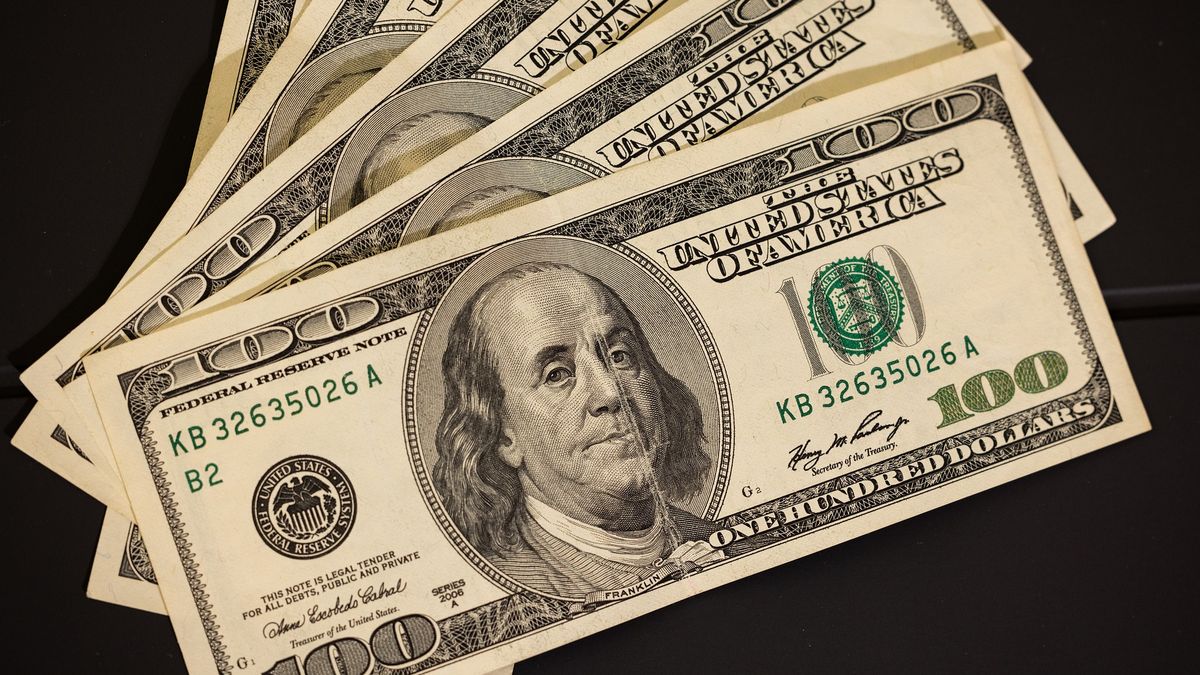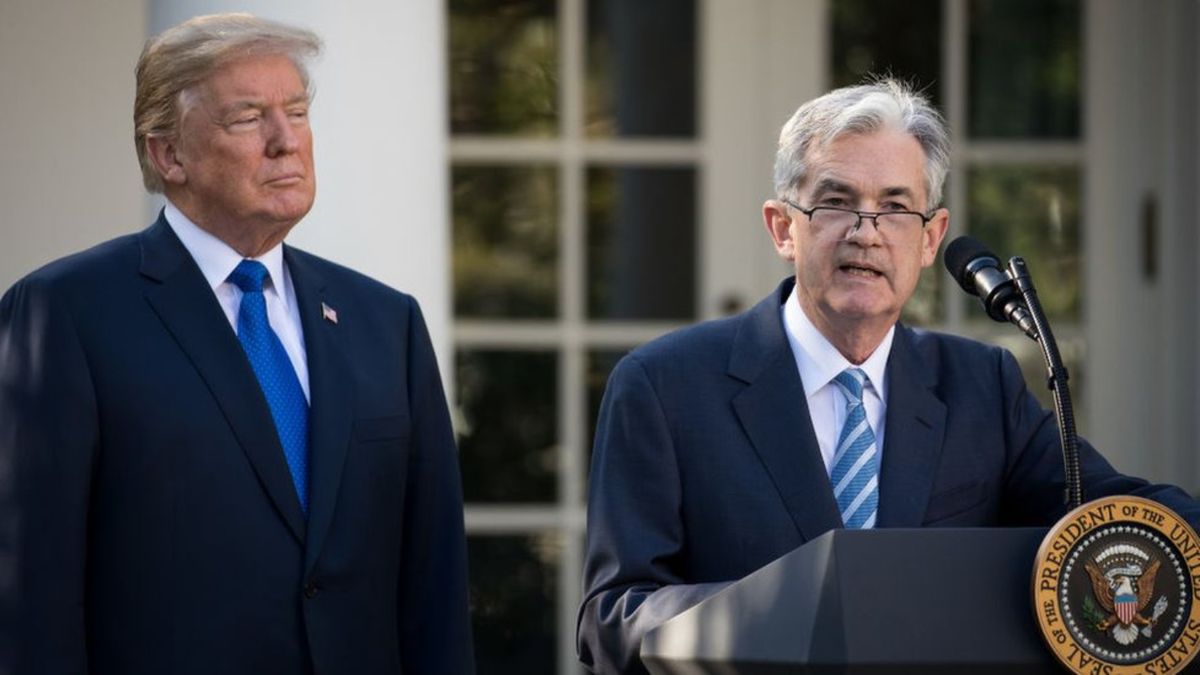For its part, the MEP or Bolsa dollar fell in the same proportion (-$2.27) to $207.95with which the gap moved away from 100% and the round ended exactly at 96.5%, also the lowest in 15 business days.
The distance between the prices is narrowing both due to the decline in stock exchange rates and the largest increase in the wholesale price, which is already advancing at its highest monthly rate since January 2021.
There are various pressures on the monetary authority to speed up the “crawling peg”.. In the first place is the high inflation, which with an inertia at a floor of 3.5% per month generates a loss of foreign exchange competitiveness.
Added to this is a complicated February, since it is usually the month with the lowest liquidation of foreign exchange due to exports, at the same time that the “normalization” of the demand for pesos is expected to continue after the seasonal increase that occurred in December due to the need to pay Christmas bonuses, vacations and the annual payment of taxes, among other factors.
In this context, within the framework of the debt negotiations, the International Monetary Fund (IMF) requested a greater correction of the dollar, although the Government denied that the agreement implies a devaluation jump and stressed that the idea is to have a price of ” greenback” compatible with the trade surplus and the accumulation of reserves, which is estimated at US$5 billion by 2022.
Meanwhile, the Government will seek to add support in Congress to the understanding announced with the IMF, although the tensions within the ruling party put the arrival of a consensus in check. The date on the horizon is March 22, the day on which US$2.9 billion expire with the agency, when net reserves do not even reach US$1.0 billion.
“After the understanding with the IMF and with a level of net reserves of the central bank sinking to minimum levels not seen since 2016, the Minister of Economy Martín Guzmán tries to convince the market that there will be no devaluation. But the reality is that there is a lot of uncertainty and nobody knows how far the ‘crawling peg’ can be accelerated,” said Pedro Siaba of Portfolio Personal Inversiones (PPI).
However, it is worth noting that a greater devaluation implies the risk of further aggravating the situation with price increases. Likewise, analysts agree on the need to accompany this decision with a rate hike. to favor the liquidation of dollars in the official market and to limit the search for foreign exchange coverage.
The director of Ánker Latin America, Federico Furiase, remarked in conversations with Ámbito that the BCRA is in a trade off since, on the one hand, it must prevent the real exchange rate from continuing to appreciate in order not to have problems on the side of the trade surplus and to try to reduce the exchange rate gap but, on the other hand, an acceleration of the dollar would translate into inflation that already has significant inertia
In that sense, he assured that for there to be a “crawling peg” close to 3%, two things have to happen: that the inflation data for January is closer to 3% than 4%, and that there is a rise in rates annual nominal interest rates up to 41%/42%.
official dollar
In the wholesale segment, the dollar directly regulated by the BCRA increased 14 cents to $105.82. In this way, between Monday and Tuesday it climbed 41 cents, against 28 in the same period last weekwhich reflects that the monetary authority continues to accelerate the rate of devaluation at a monthly rate closer to that of inflation.
In this context, the entity led by Miguel Ángel Pesce added another US$2 million as a result of its intervention in the official foreign exchange market, after registering a net purchase of almost US$50 million on Monday, the largest amount in a month.
“The Central Bank achieved the fourth consecutive day without a loss of reserves since the beginning of the month, recovering from the fall at the beginning of February. The net balance of official intervention remains positive, even in a scenario of low activity level . The regulation strategy now seems to focus on increasing the rate of adjustment of the price of the dollar, surely with the intention of dispelling delays that may require more abrupt adjustments in the local market later on,” said Gustavo Quintana, of PR Corredores de Cambio.
For its part, the savings dollar or solidarity dollar -retail plus taxes- rose five cents to $183.96 on average.
future dollar
US$496 million were traded in the ROFEX futures market. The terms were operated with slight increases, less than 0.1%. End of the month ended with a rate of 32.42% and March at 44.57%
The volume traded in the foreign exchange market was US$149 million (-30%), reported ABC Mercado de Cambios.
The blue dollar cut a three-day streak without progress this Tuesday, February 8, 2022, by bouncing $1 to $215 according to a survey of Ámbito in the Black Market of Currencies.
Thus, the parallel dollar finished about $7 above the MEP dollar, which fell more than $2 to $208.
Thus, the gap between the blue and the wholesale exchange rate, which is directly regulated by the Central Bank, widened to 103.2%, after hitting its lowest level since January 17.
Source: Ambito
David William is a talented author who has made a name for himself in the world of writing. He is a professional author who writes on a wide range of topics, from general interest to opinion news. David is currently working as a writer at 24 hours worlds where he brings his unique perspective and in-depth research to his articles, making them both informative and engaging.




